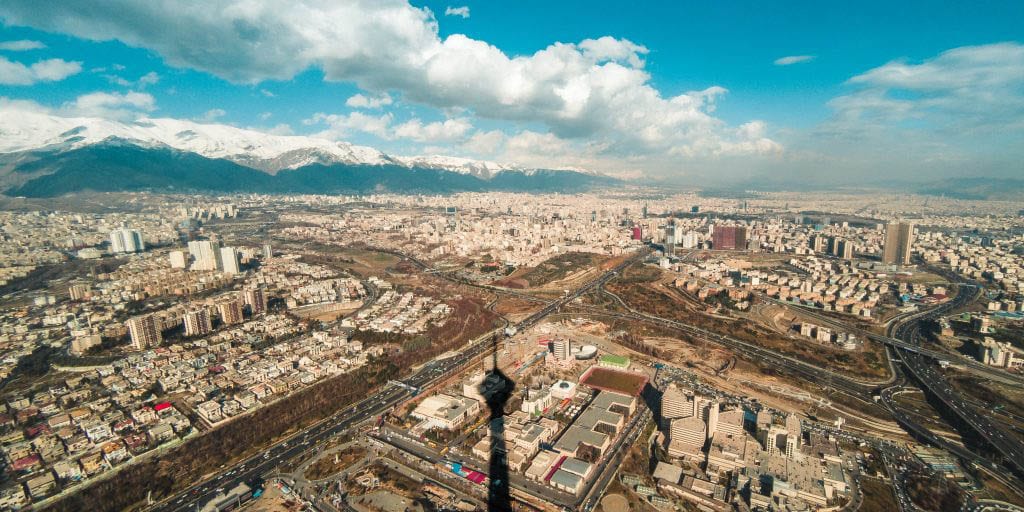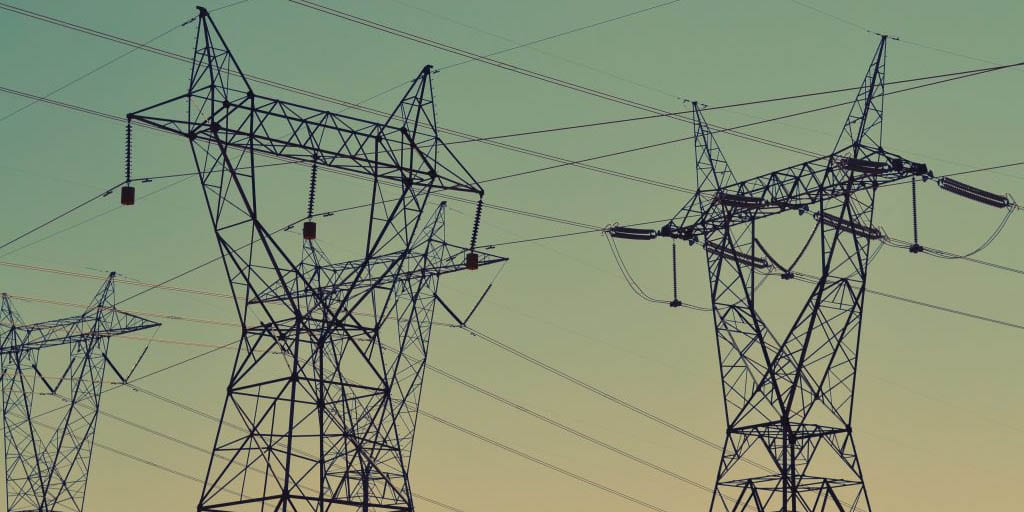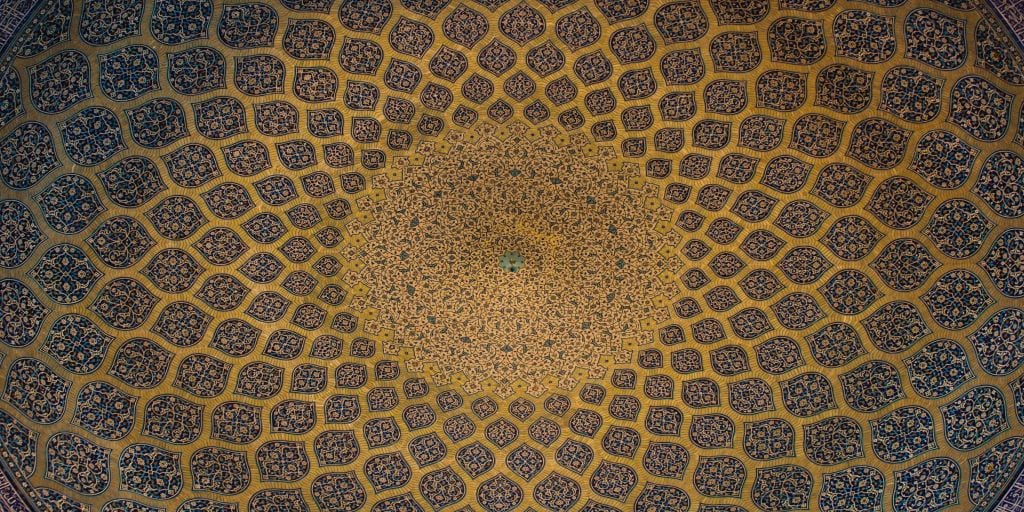Iran
Country indicators
Fossil fuel subsidies (USD, billions):
Fossil fuel subsidies with externalities (% of GDP):
News

Going green after COVID-19 will help MENA economies recover better (World Bank Blogs)
The coronavirus crisis is a window of opportunity to transform the economy and especially, to make it “green.” Previous economic crises such as the financial crisis in 2008/09 and the oil

Iran will enforce a Green Tax
An official from the Iranian National Tax Administration stated that a tax will be levied on products that cause environmental damage in their manufacture or use. A 2% tax will

MENA Energy Pricing Reforms (Oxford Energy Forum)
It has been nearly three years since the collapse in global oil prices and there have been mixed outcomes for countries in the Middle East and North Africa (MENA). While
Reports

Navigating Political Hurricanes in the MENA Region: Energy Pricing Reform in a Context of Changing Social Contracts (Center on Global Energy Policy)
This report from the Columbia Center on Global Energy Policy analyzes the political economy of energy pricing reforms in the Middle East and North Africa since the Arab Spring. The authors investigate the conditions
Policy Briefs

Iran – Country Profile
Background Known as Persia until 1935, Iran is the second largest Middle Eastern country by area, after Saudi Arabia, with a total area of 1,648,195 km2. With total land boundaries

Recent Developments in Iran’s Energy Subsidy Reforms (GSI)
In 2009, the International Energy Agency estimated that Iran’s subsidies for fossil-fuel consumption were US$66 billion, the highest of any country. In 2010, it took bold economic reforms to phase



